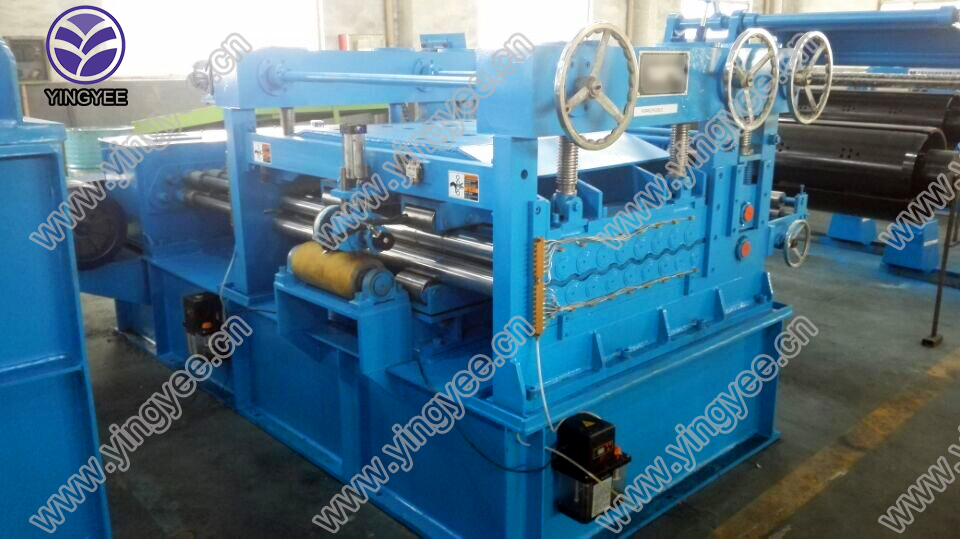
C-Shaped Steel Roll Forming Machine An Overview
The construction industry is continuously evolving, embracing advanced technology to enhance efficiency and improve the quality of construction materials. One such advancement is the C-shaped steel roll forming machine, an essential tool used to produce C-shaped steel sections that are widely utilized in various construction applications. This article explores the working principles, benefits, and applications of C-shaped steel roll forming machines, shedding light on their importance in modern construction.
Understanding the C-Shaped Steel Roll Forming Process
A C-shaped steel roll forming machine operates by continuously shaping a metal strip into a C-profile through a series of rollers. The process begins with a flat steel sheet, which is fed into the machine. The roller stations are strategically arranged to gradually bend the metal into the desired shape. The precision of the rollers and the speed of operation contribute to the uniformity and strength of the final product.
Typically, the process involves several stages, including feeding, forming, cutting, and stacking. The feeding mechanism ensures that the steel strip is consistently fed into the forming station, while the forming process utilizes specifically designed rollers that gradually shape the metal. Once the desired shape is achieved, the cutting mechanism ensures that the lengths of the C-steel sections are accurately sized according to specific project requirements. After cutting, the finished products are stacked for easy handling and transportation.
Benefits of C-Shaped Steel Roll Forming Machines
The adoption of C-shaped steel roll forming machines carries numerous advantages for manufacturers and builders alike. Firstly, these machines enable high production efficiency. With automated operations, they can produce a significant number of steel sections in a short period, which is crucial for meeting tight construction deadlines.

Moreover, the uniformity and precision achieved through roll forming enhance the quality of the products. C-shaped steel sections produced by these machines exhibit consistent dimensions and exceptional strength, which is vital for structural integrity in construction projects. Furthermore, the materials used in roll forming can be recycled, making it an environmentally friendly option in terms of resource utilization.
The versatility of C-shaped steel roll forming machines is another substantial benefit. These machines can be customized to produce various sizes and thicknesses of C-shaped sections, catering to specific project requirements. This flexibility allows for diverse applications, from residential buildings to large industrial structures.
Applications of C-Shaped Steel Sections
C-shaped steel sections, produced by roll forming machines, are utilized across a wide range of applications. In the construction industry, they are commonly used as components in the framework of buildings, providing necessary support and stability. Additionally, C-sections are used in the manufacturing of steel structures such as bridges, warehouses, and machinery supports.
In the transportation sector, C-shaped steel is utilized in the production of vehicles and trailers, where they add strength while keeping the weight down. They are also employed in the telecommunications industry, serving as supportive structures for poles and antennae.
In summary, the C-shaped steel roll forming machine plays a pivotal role in modern construction by providing high-quality, cost-effective steel sections. Its efficiency, precision, and versatility make it indispensable for meeting the varied demands of the construction industry. As technology continues to advance, we can expect further enhancements in the design and capabilities of these machines, continuing to revolutionize the way we build and support structures. The evolution of C-shaped steel roll forming machines is a testament to the commitment to innovation in the construction sector, ensuring that structures are not only functional but also built to last.